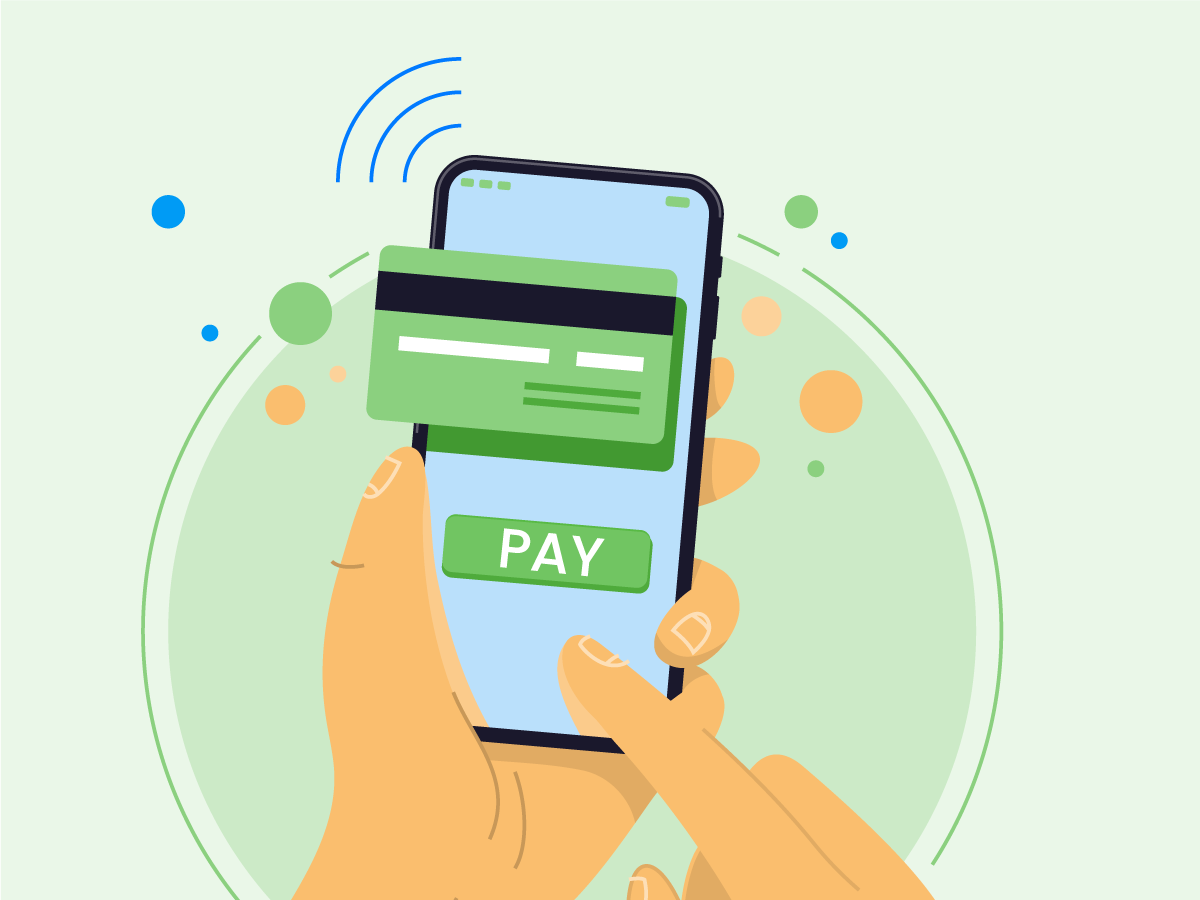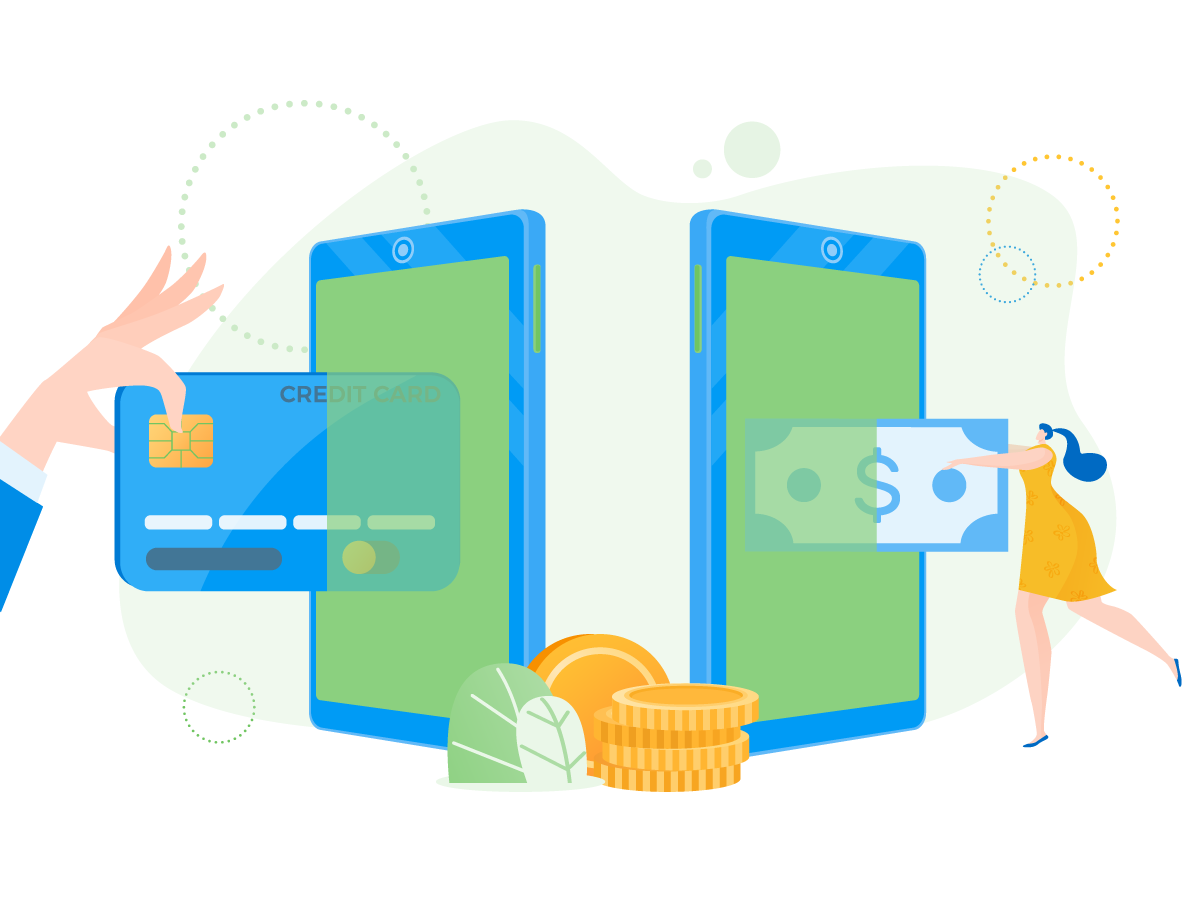It’s no secret that online payments are the way to conveniently collect fees for consumers. Making payments from anywhere, at any time is convenient for your customers and ensures you get paid on time.
To help you make processing online payments as successful as possible, we’ve put together this complete guide to assist you and your staff in being the ePayment experts you should be!
3 tips for managing revenue deposits
Know your settlement time
In the day and age of electronic payments, knowing your settlement time options are very important so you have an idea of when you will receive that money in your account. The settlement time is simply the ‘cut off’ for same-day processing.
Let’s say your settlement time is 8:00 pm. Any electronic payments transmitted at 8:01 pm or after will be processed (or settled) the next business day. Settlement times earlier in the day will ensure your money is received the fastest. However, later settlement times will help your processing statements line up better with your bank deposits.
Youth activity center owners should weigh the pros and cons of each scenario to decide what is best for them and set their settlement time accordingly. If you aren’t sure, work with your gateway to determine what is the best fit for your needs!
Prepare for known settlement delays
Settlement delays usually happen when banks are closed for holidays. Keep this in mind throughout the year as bank closures will affect when online payments hit your bank account.
This isn’t such a downer if it is something you are prepared for. But if it hits you by surprise, you could find yourself in a pickle! Especially with payroll – you want to make sure that you have the funds in your account when you need them there.
As you get closer to a major holiday, encourage your clients to get their accounts paid up before heading out of town to be with their families. Most often, payments are due at the beginning of the month, so asking your customers to have their account current towards the end of the month (when the holidays tend to fall) shouldn’t be unreasonable.
Being aware and proactive under these circumstances will make settlement delays a non-issue for you and your employees.
Process payments automatically
If you’re offering online payments, why not make them automated? This takes the pressure off you, your parents, and your staff while keeping your youth activity center up and running with no financial speedbumps.
Want to learn how you can implement your entire billing process? (—> Get started now)
3 red flags to look for to help keep your epayment process safe
For many youth activity centers, the benefits of accepting online tuition payments far outweigh the cost of processing tuition payments and other fees manually. Until they fall victim to a scam.
Here are a few things to keep in mind to keep your business safe and to continue automating your tuition process with ease.
They buy in bulk
If someone approaches you willing to pay for a large number of classes or services upfront, be cautious. If they are willing to pay a little extra upfront, be even more cautious!
They aren’t a regular customer
If the customer who wants to make a big purchase at your youth activity center is not a regular parent or guardian and they want to pay using a credit card, verify they are the real cardholder.
It happens too frequently that Uncle Joe is visiting and wants to pay little Suzie’s fall tuition as a gift for the youth activity center to later discover they used a stolen credit card.
They are creative and use emotion
Scammers often use a story that pulls on your heartstrings. Perhaps a family member is sick and they want to help get the child to dance class. They will ask that the extra money they paid to be given to a driver, for example, in cash for transportation costs.
Sometimes, scammers will contact you afterward and ask for a partial or full refund because they have been unexpectedly hospitalized. Oftentimes, they will ask you to send the money through something like CashApp, Zelle or Venmo. The rightful cardholder can also initiate a chargeback and funds are immediately removed from your account for the entire amount plus a chargeback fee. This will leave you missing double the amount originally paid.
If you find yourself in this situation or one similar, always refund back to the original credit card. Better safe than sorry!
Why should your youth activity center be aware of scammers?
Whether you only accept tuition at your youth activity center through ePayments or pennies, it’s good practice to stay aware of scammers. Tuition revenue is your hard-earned money, and we believe you shouldn’t lose a cent due to the malicious acts of others.
The process of scamming swim school, gymnastics gym and dance studio owners is one that we see too frequently and typically follows a similar pattern.
Step 1: A person commits fraud by obtaining stolen credit card information.
Step 2: The fraudster contacts you to purchase services with a stolen credit card, and often at an inflated rate. Don’t be surprised if there’s an unusually compelling story to go along with their purchase.
Step 3: The youth activity center changes the card for the agreed amount (remember: it’s a stolen credit card).
Step 4: The fraudster then asks you to pay someone else by cash or money transfer for the original payment. This is essentially the youth activity center refunding a portion of the fraudulent payment by another method.
Step 5: The rightful cardholder discovers the fraud, initiates a chargeback and funds are immediately removed from the youth activity center’s account for the entire amount, plus a chargeback fee that the business owner must pay.
If your youth activity center or a business owner you know falls victim to this type of scam, there is no way to recoup your money. You will have lost the original amount charged, the money transferred and paid to a third party, plus the chargeback fee.
What should you do if you think a customer is trying to scam you?
Politely decline their offer by telling them this is against your policy. You do not need to notify your payment gateway. All you need to do is pat yourself on the back for recognizing the red flags and avoiding an ePayment scam.
Being aware, trusting your gut, and planning ahead are great examples of how you and your youth activity center can successfully process online payments. Interested in more business tips, just like this? Subscribe to the Jackrabbit Class Newsletter!





